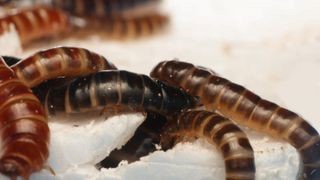Australia has recently come up with a new scheme that allows talented young people from India to work in the country for some time.
|
Migration and Mobility Partnership Arrangement (MMPA) |
|
References
Hana-Rawhiti Maipi-Clarke, the young New Zealand parliamentarian performed the famous ‘Ka Mate’ haka in Parliament amid a discussion on the bill.
Reference
Recently, the Scientists have discovered the world's largest coral near the Pacific Ocean’s Solomon Islands.
According to the International Union for the Conservation of Nature, 44% of corals living in warm waters are threatened with extinction.
Recent Findings
The National Geographic Pristine Seas program works to restore the health and productivity of the ocean and improve the livelihoods of coastal communities by protecting the ocean from overfishing.
References
A new plastic-eating insect, lesser mealworm larvae discovered recently in Kenya.
Polystyrene, commonly known as styrofoam, is a plastic material that’s widely used in food, electronic and industrial packaging.

References
Union Minister for Youth Affairs & Sports has recently launched a nationwide appeal, ‘Know Your Medicine (KYM)’ app.
WADA was established in 1999 as an international independent agency to lead a collaborative worldwide movement for doping-free sport.
|
National Anti-Doping Agency (NADA) |
|
Reference